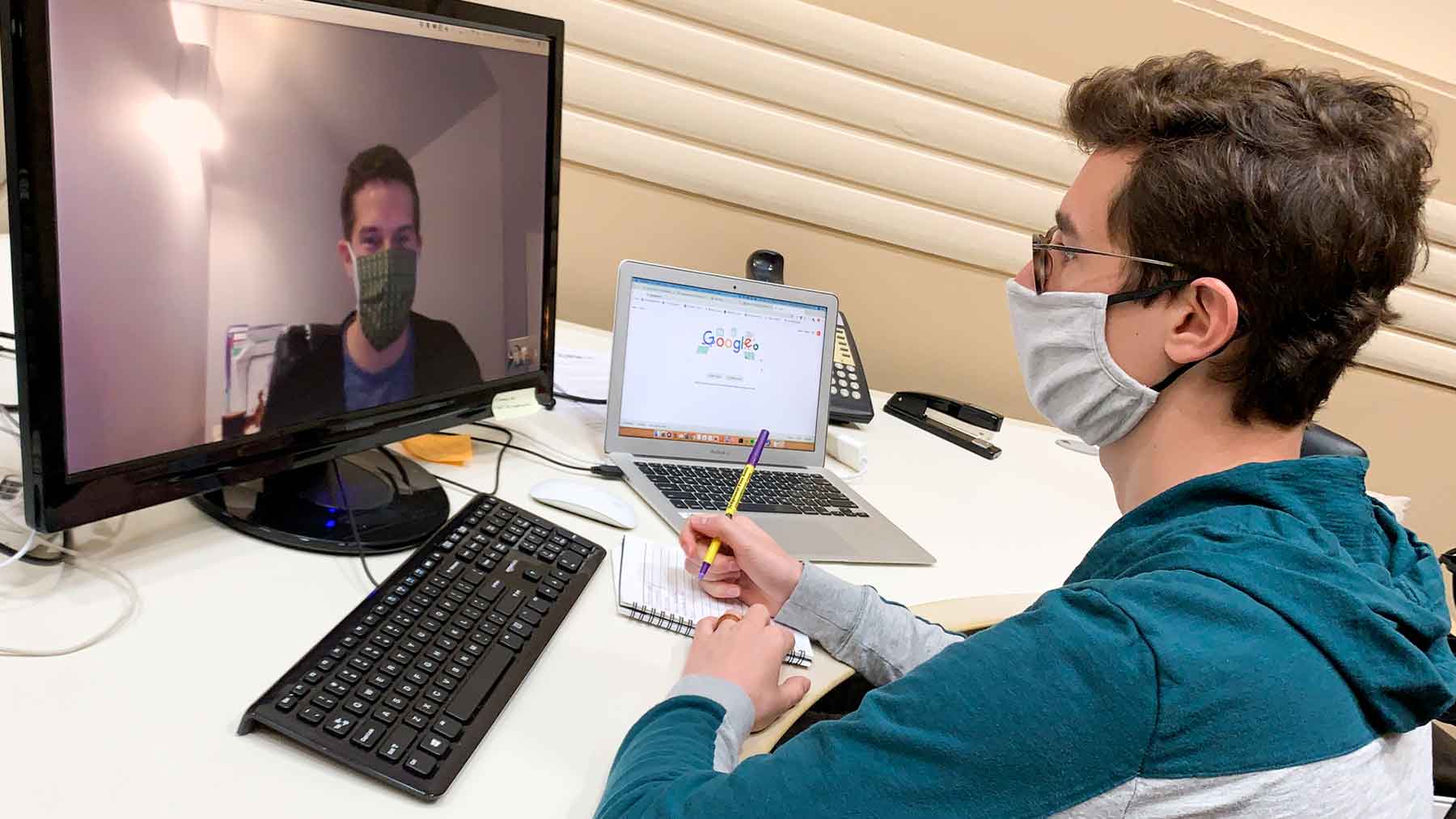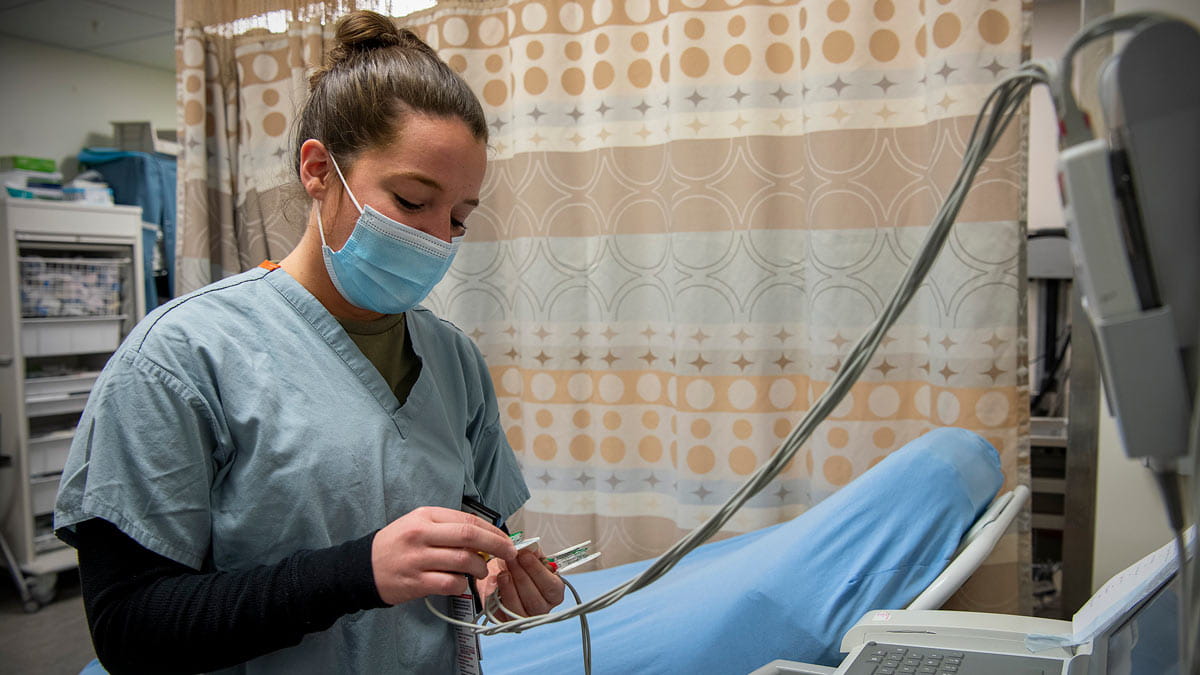5 tips for healthy transition to post-COVID-19 workplace

Editor’s note: As what we know about COVID-19 evolves, so could the information contained in this story. Find our most recent COVID-19 blog posts here, and learn the latest in COVID-19 prevention at the Centers for Disease Control and Prevention.
After weeks of working from home, furloughs or unemployment, millions of Americans are returning to the workplace as COVID-19 restrictions lift. The transition may cause fear and anxiety. Experts at The Ohio State University Wexner Medical Center and The Ohio State University College of Nursing say it’s important to take precautions to avoid infection, but also to deal with the stress of transitioning back to their offices or businesses after an extended period of isolation.
“Uncertainty and unpredictability can really create an unhealthy amount of fear and stress, especially when it’s sustained over such a long period of time,” Dr. K. Luan Phan, chair of the Department of Psychiatry and Behavioral Health at Ohio State Wexner Medical Center. “Challenges will remain as businesses reopen, and the typical workplace will look very different following this pandemic. We’ll have to find new ways to connect with colleagues and work as a team while maintaining our distance and preventing the spread of infection.”
Precautions like taking every employee’s temperature upon arrival, providing face masks, keeping workspaces at least six feet apart and being vigilant about wiping down surfaces are important to preventing the spread of the virus. Those actions can also make everyone feel safer and less anxious.
“Physical and mental health are closely intertwined. While you practice good hygiene and physical distancing in the office, you should also practice stress-reduction,” said Bernadette Melnyk, dean of the College of Nursing and Chief Wellness Officer at Ohio State. “For example, while you wash your hands for at least 20 seconds, take the opportunity to take five deep, abdominal breaths."
Phan and Melnyk offer these five tips to help transition safely to a post-COVID-19 work life:
- Manage Stress: Many people already have a lot of stress and anxiety during this time, and adjusting to being back in the workplace may add to those feelings. Utilizing stress-reduction apps, practicing mindfulness and self-care that calms your breathing and nerves, and making a plan for you and your family to manage the transition back to work can all go a long way to building resilience and helping you feel better about returning.
- Don’t let your guard down: Just because there’s an ease on restrictions doesn’t mean the threat is gone. You still need to take precautions – wash your hands for 20 seconds while taking five big deep breaths, keep sanitizer and disinfecting wipes handy and clean surfaces often. Wear a mask and avoid shaking hands in common areas, meetings or when interacting with customers.
- Keep your distance: Avoid crowding into conference rooms and keep your workspace at least six feet from your nearest co-worker. Continue holding virtual meetings and limit direct contact. Many adjustments were made to help employees work from home during the coronavirus outbreak. Health experts recommend continuing with remote work or staggering which employees are in the office when possible.
- Stay fit to be well: Make changes that help you boost your immune system and fight off illnesses. About 80 percent of chronic conditions are preventable by engaging in a few lifestyle behavior changes, such as regular physical activity, eating at least five fruits and vegetables per day, not smoking and limiting alcohol intake if you drink to one drink a day if you are a woman and two a day if you are a male. Those small changes can make a major difference in fighting the virus if you’re infected.
- Look out for your co-workers’ health: Stay home if you don’t feel well, get your flu shot and, if a COVID-19 vaccine becomes available in the future, get that too. As workplaces begin to re-open, many are monitoring employee health with measures such as daily temperature checks. If your employer doesn’t take precautions you feel are needed to prevent the spread of illness, speak up so that your entire office can be and feel safer.





